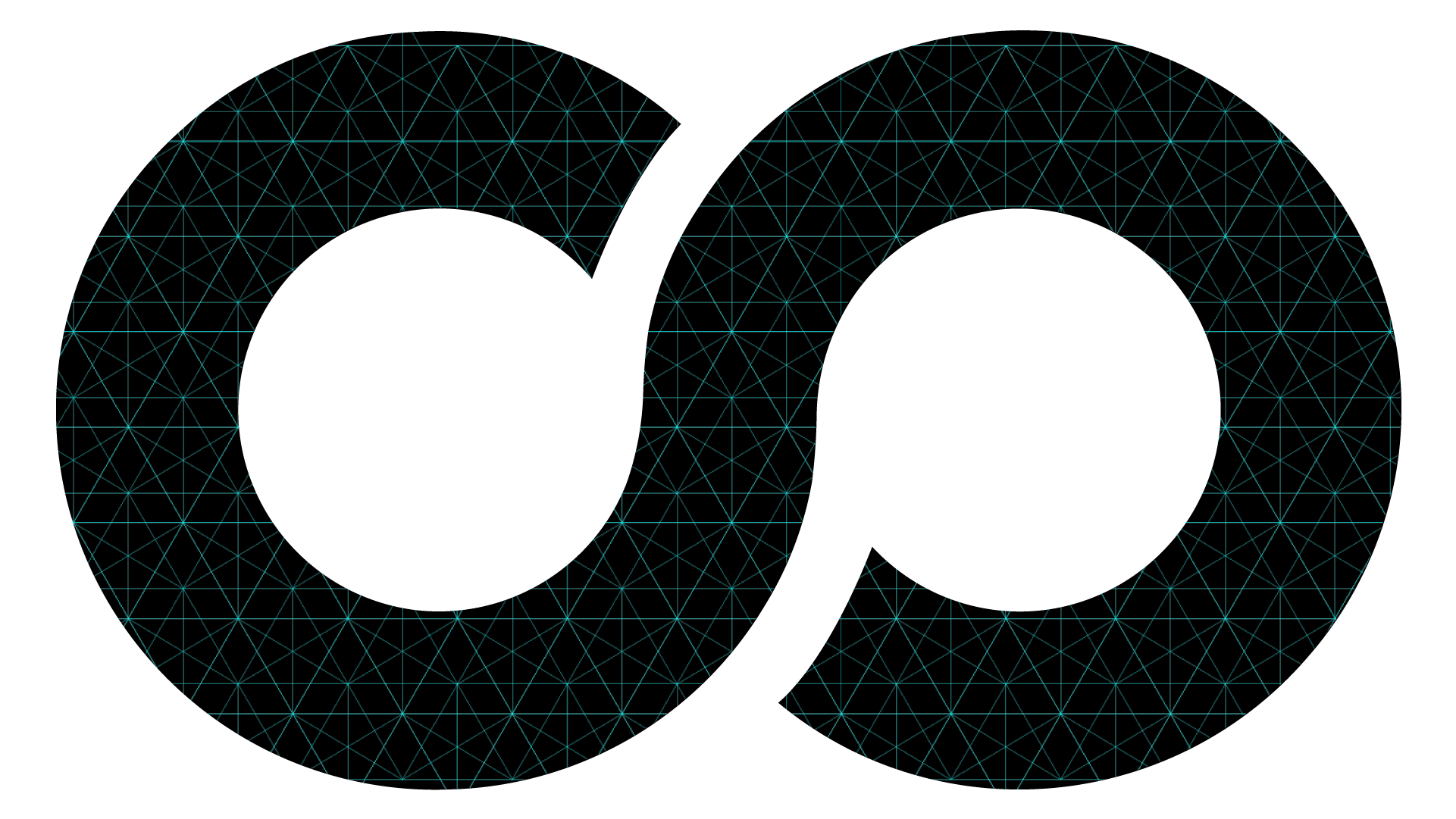One breakthrough takeaway that I’ve learned after more than 20 years in consulting is that we cannot achieve our goals, create positive impact organizations and transform our systems unless we harness the power of collective intelligence.
Traditional consulting has mainly focused on bringing outside expertise to solve organizational problems that are experienced from the inside. The problem with this approach is that knowledge is not co-created and therefore, not internalized and not owned by the teams and individuals that are supposed to implement the external solutions. I’ve seen most of these projects fail. And even if some of them succeeded I didn’t feel that was the right way of doing things anymore.
After years of disappointment as a traditional consultant I took a different approach, which I call organic consulting. I call it organic because consulting is an organic process occurring in living organisms, and my premise is that any organization and team is a living organism, a living system.
This is the approach I use when working with clients and other collaborators in jointly developing and designing solutions to complex problems and challenges. It is based on three phases, which are not necessarily sequential:
Collective
intelligence
3 phases, 3 benefits
1 ENGAGEMENT
The consultant engages with the intervention embedded within the team that will take the lead role in the process. The consultant becomes a participator, that is, someone who takes active participation in designing and co-creating pathways of transformation.2 FACILITATION
The primary role of the consultant is to facilitate a process of collective intelligence that leads to inquire, discuss, design, implement, and/or evaluate the intervention by engaging with multiple perspectives, understanding interrelationships, and reflecting on boundaries.3 SYNTHESIS
The consultant monitors the whole process and provides feedback, tells the story, facilitates learning and enables adaptation as the intervention unfolds.
I can’t tell you this approach always leads to the desired results. There’s a myriad of other factors that may emerge and affect the planned outcomes leading to unexpected results. But this approach does allow us to capture emergence and enable novelty. And in all instances, it does make sense to what is being developed by the same developers. And yes, I find it much more effective and efficient than the traditional approach.